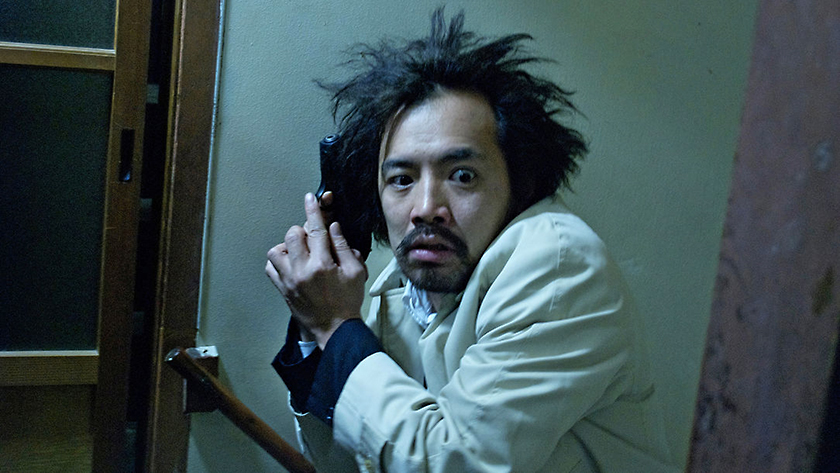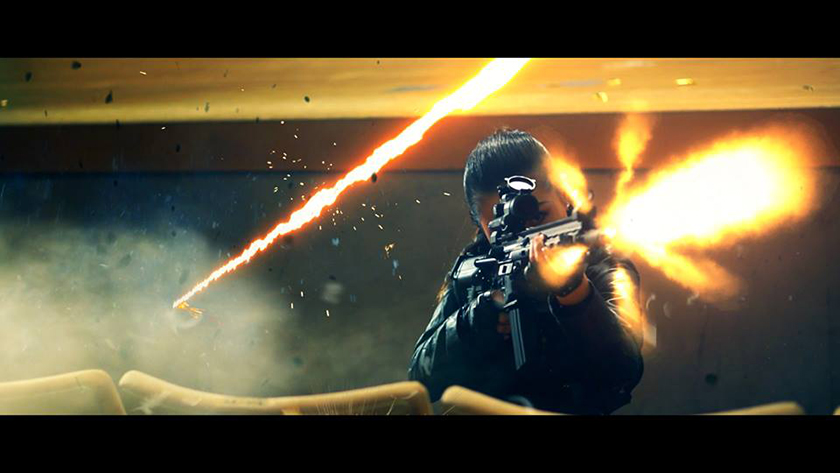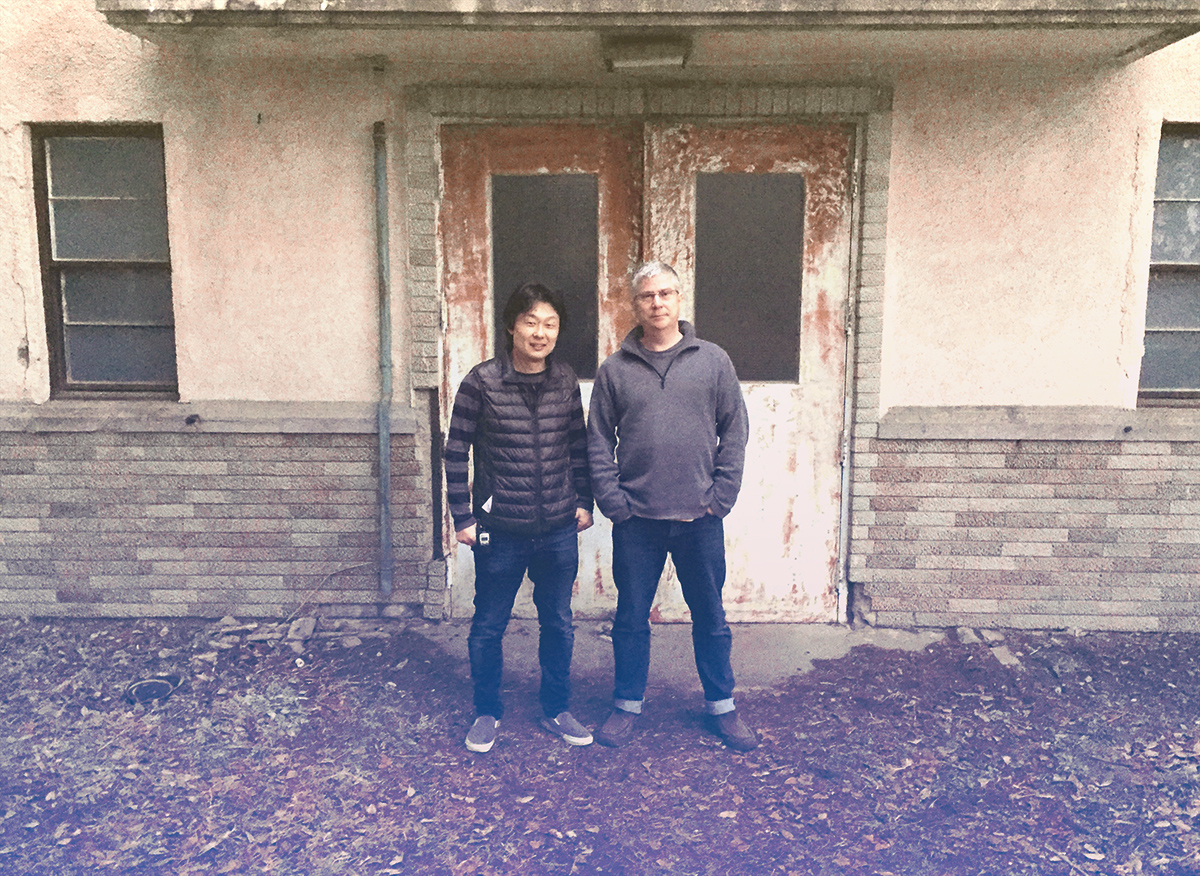Ow
Suzuki Yohei’s Ow has been one of those movies that seemed to have slipped through the cracks, or perhaps been a bit ahead of its time. After getting made as a 9th CO2 grant movie, it was completed in 2014. Only now, three years later, will Suzuki’s efforts finally see a domestic release. This might be a good time, then, to revisit this unique entry in Japanese indie films in commeration of its July opening in Shibuya. Described as an indie “whatsit” (as opposed to a “whodunnit”), or a blackly comic episode of ‘The Twilight Zone’, Suzuki’s movie defies easy categorization. In fact, in their review of Ow, Slant Film used Spielberg and Jarmusch in the same sentence to praise Suzuki’s deft direction as possessing a “Spielbergian flair for capturing how the comforts and discomforts of cohabitation seem to nest within one another, as well as a Jarmuschian taste for mining social alienation for the occasional stray deadpan punchline.” (Chuck Bowen) Having his eyes opened to cinema by the genre movies of David Cronenberg and …





